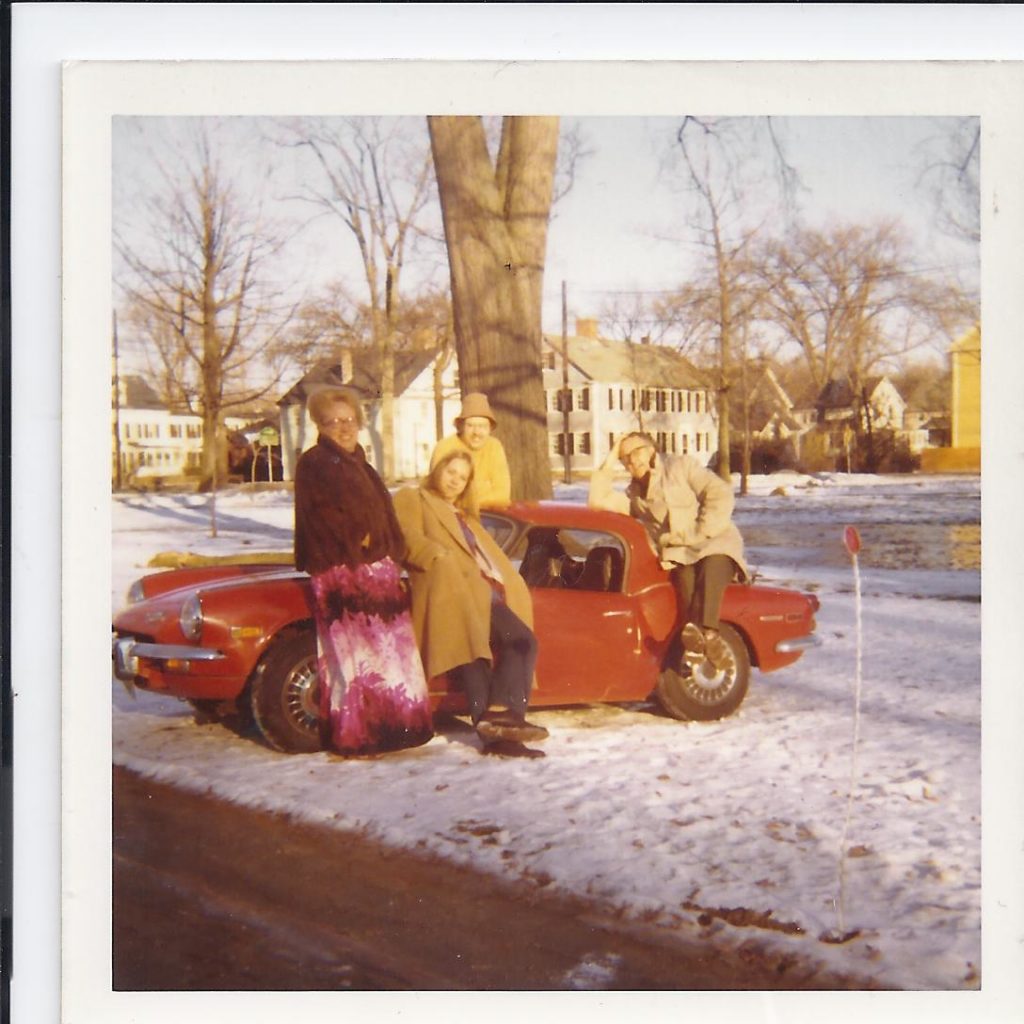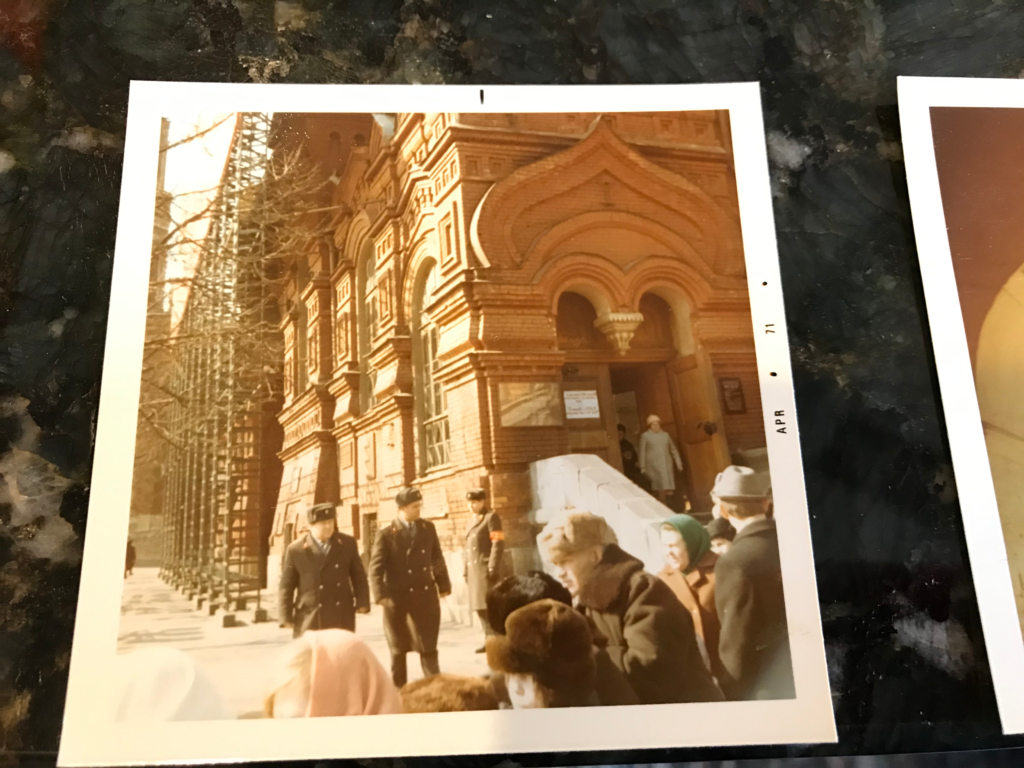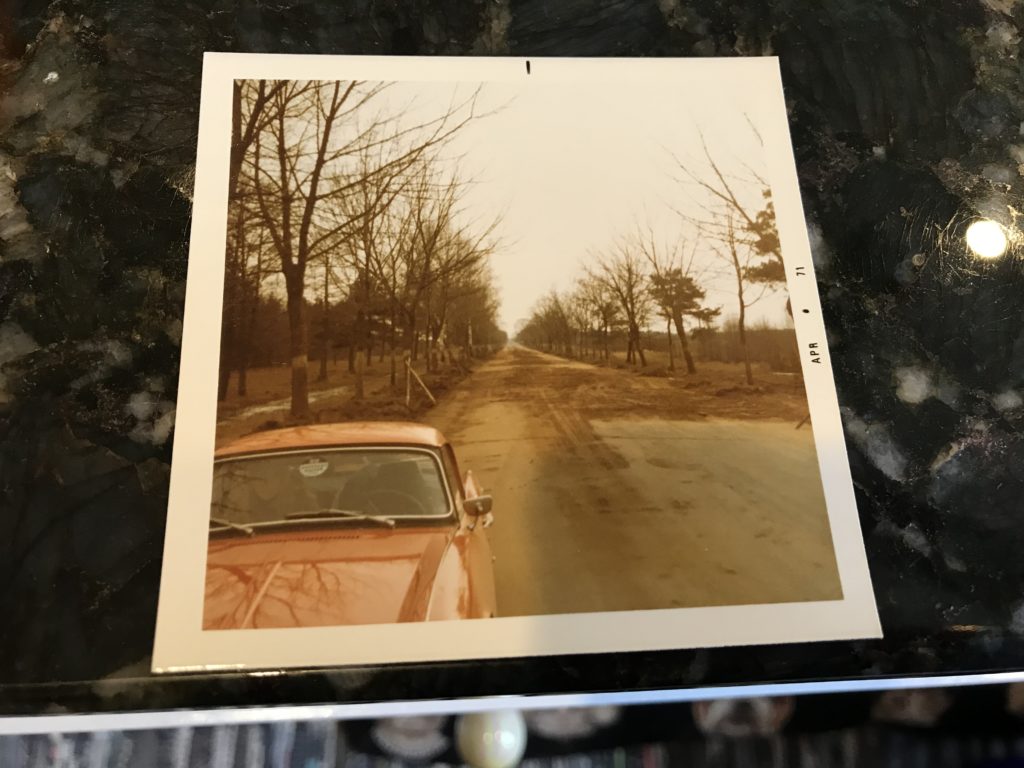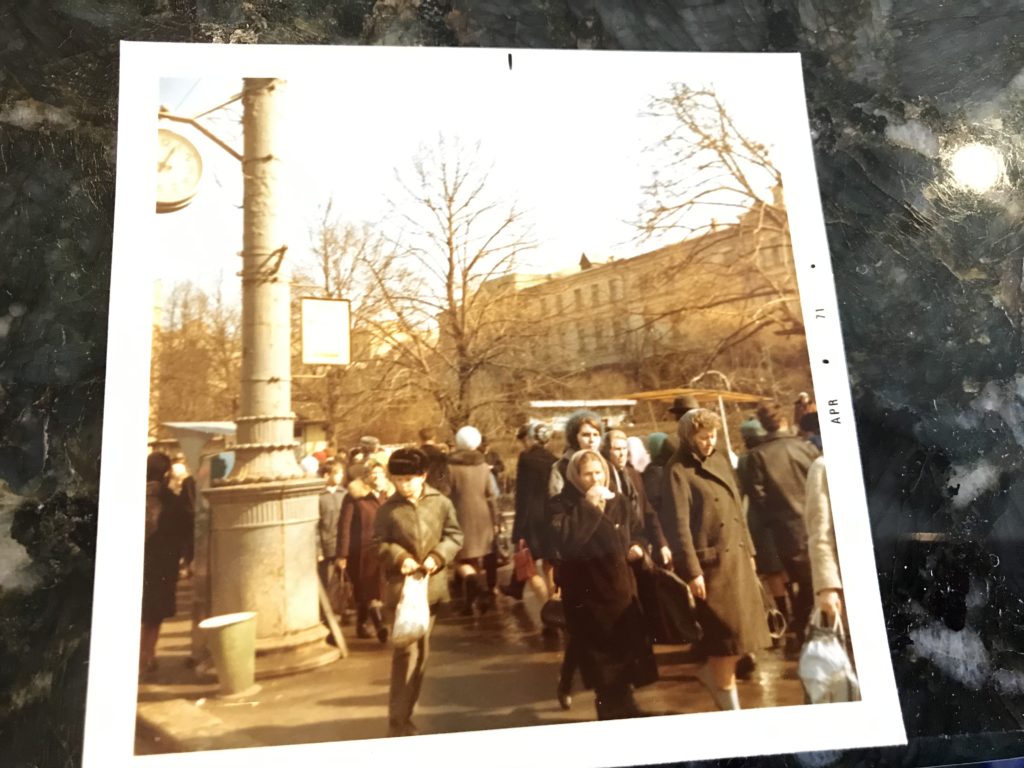
While I’ve traveled to Russia following the fall of the Soviet Union, I never had the pleasure of visiting the USSR in all its glory, with its 15 “autonomous republics,” its delightful-sounding “Intourist guides” — who shadowed you night and day — and restaurants where waiters served you mostly bad food when they felt like it, which they usually didn’t.
But fortunately, we have roving Contributing Writer Robert Waite to give us a glimpse into what it was like to journey to the 1971 Soviet Union in what was a highly unlikely form of transport, a vintage two-seater Triumph Spitfire.
Able to proceed only at the whim of the Spitfire’s capabilities, Bob and his companion managed to overcome mounds of aptly named bureaucratic red tape — and a cast of characters out of a Russian novel — to safely travel to Moscow and back to England.
Here, then, is Part I of Bob’s travel memoir “Bordering on Madness”:
By Robert Waite
I am not exactly sure where the idea came from.
Perhaps it popped into my head while taking a course called “Communist Revolutions” taught by Geoffrey Hosking at the University of Essex.
Or perhaps from reading a book, “The Insurrectionists”, by another of my professors, William J. Fishman, at the University of Wisconsin.
Then again, maybe I just wanted to see Vladimir Illich Lenin under glass.
Whatever the motivation, in March 1971 I set out in a Triumph Spitfire on a 4,141-mile (6,664 km) journey from Colchester, England, to Moscow, capital of the Soviet Union.
I had a 31-day UK university break and was determined to get the most out of it.
I was also 20, just young enough to think this was a good plan.
My partner in this endeavor was younger still. She brought several advantages to the expedition, including the ability to speak a bit of Polish – and relatives or friends in places like Munich, Krakow, Warsaw, and Paris.

A Tourist’s Koshmar (Nightmare)
Keep a few things in mind.
First, this was in the midst of the Cold War. It was easier to land a man on the moon than travel to the U.S.S.R.
Second, there was no internet. Everything had to be arranged by post or by in-person visits to the Soviet Embassy.
Third, my Triumph Spitfire, a tiny two-seater, was arguably the least capable vehicle on the planet for making such a journey. Low-slung, it had an electrical system (Lucas) designed to fail and one of the most disturbing rear suspensions this side of Mae West.
Triumph, for their part, understood madness when they saw it and put together a “kit” of parts that might fail us along the way.
The Soviets at the embassy in London were not quite as helpful, but they did seem eager to relieve us of hard currency. In those days you could only visit the U.S.S.R. using something called Intourist, a state-owned travel agency that was to hospitality what United Airlines is to air travel.
In addition to getting visas, everything – accommodations, meals, petrol – had to be paid for in advance. You were given coupons – plus a map of your route which, ominously, showed no side roads.

Siberia? Nyet, spasibo!
After crossing from Harwich to Hook-of-Holland by ferry, we motored first to Munich, where my girlfriend’s cousin Priscilla lived. Her husband, Ted, it turned out, was chief engineer for Radio Free Europe (RFE).
Ted arranged for a tour of RFE headquarters. The guide took us everywhere in the place and, while doing so, piled us high with pamphlets and other materials outlining how RFE’s radio broadcasts were undermining communism in nine East European countries.
When we finished up the tour and circled back to Ted, he took one look at the pamphlets and almost had a coronary.
“Drop that stuff right here,” he commanded. “If you try to bring that into Russia you’ll end up in Siberia.”
We complied. Siberia was not part of our 31-day itinerary.

Nyet — Kaboom!
After stopping in Vienna for chocolate cake and in Krakow and Warsaw to stay with my companion’s relatives, we set off for Brest on what was then the Polish – Russian border.
In Germany we had experienced the autobahn, precursor to America’s interstate highway system. In eastern Poland, the roadway was two-lane blacktop. It eventually led to a border check-point, manned by several uniformed guards, none of whom spoke English.
After scrutinizing our passports, visas and Intourist documentation, they searched the car and our luggage. Next, two of them signaled that I needed to move the car and position it over a concrete pit about six feet deep and about 60 inches wide.
This was a problem. The Triumph was 57 inches wide and the distance between the front wheels was even less. If I drove forward, the car would end up at the bottom of the pit. This did not seem obvious to the guards. Much yelling and gesturing ensued. Finally, I simply stretched my hands the width of the car, walked a few steps to the pit and demonstrated the flaw in their thinking.
I added a loud “Kaboom!” to reinforce my point.
They got it. Then, totally unexpectedly, one of them broke into halting English.
“Have you Pat Boone records?”
It was 1971 in the world, but apparently the Soviets were stuck in 1958.
Meanwhile, my travel companion turned my attention to an approaching vehicle, a huge, jet-black, Mercedes Benz, obviously new. I could see it was driven by a black man, accompanied by an attractive blond.
The Mercedes drew to a screeching halt; papers were quickly checked; and off it went, unsearched. We had been at the checkpoint for more than an hour; the couple spent perhaps 20 seconds.
“Spies”, said my companion.
End of Part I. Continue to Part II of “Bordering on Madness,” in which Bob Waite and companion finally make it into the Soviet Union, with Spitfire — if not sanity — still intact.
Author Bio:
Robert Waite subsequently served as East European Correspondent for Pacific News Service, based in Warsaw. Clark Norton was his editor.












One Response to Bordering on Madness: Moscow and Back in a Triumph Spitfire